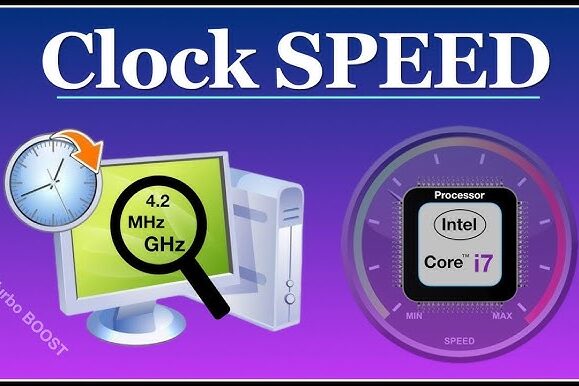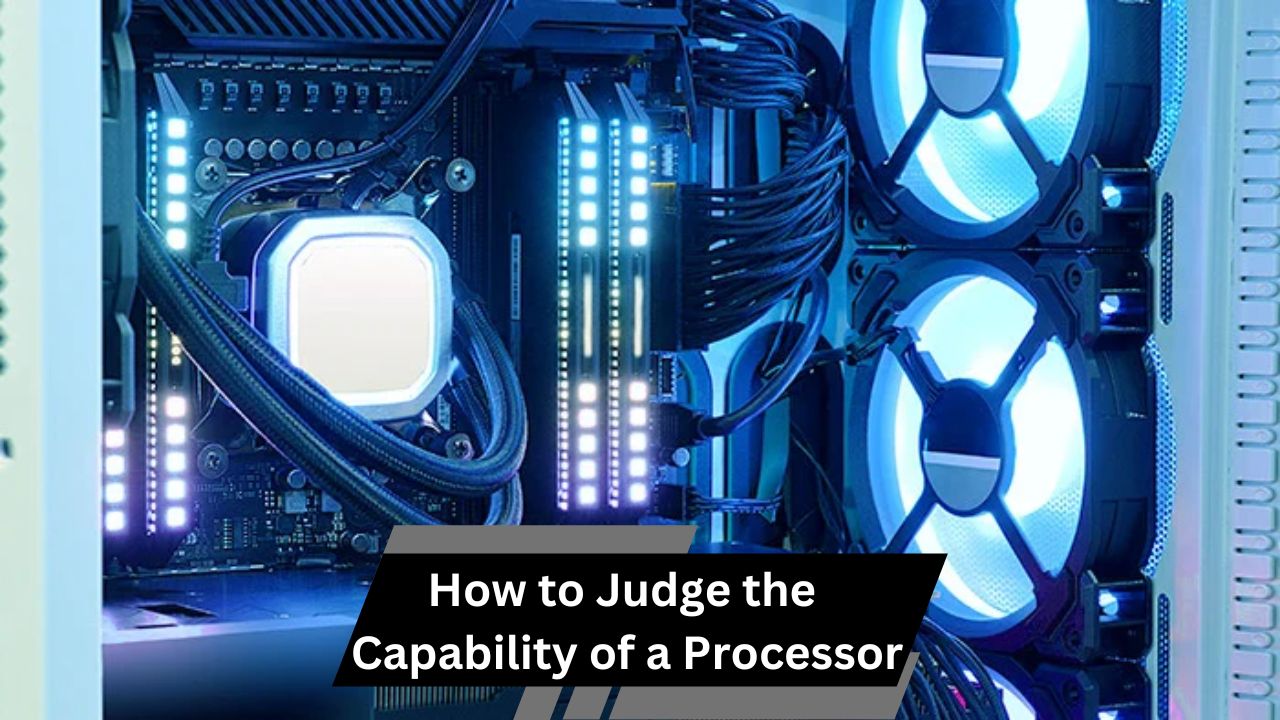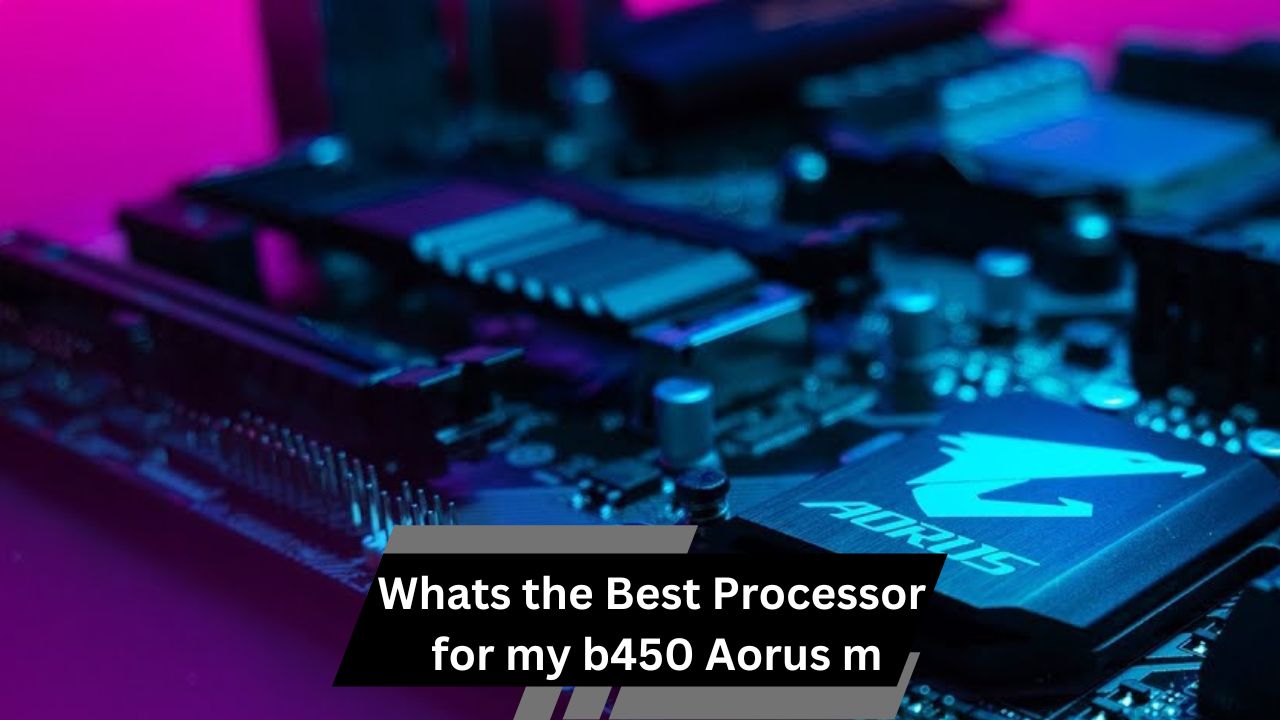To judge a processor’s capability, assess clock speed, cores, threads, cache, and architecture. These impact performance for gaming, multitasking, and content creation.
Choosing the right processor is crucial for ensuring a computer or device performs optimally. With so many options available, it can be challenging to determine which processor best suits your needs. This guide will help you understand how to judge the capability of a processor by considering several key factors. Whether you’re a gamer, content creator, or casual user, these insights will help you make an informed decision.
Understanding Processor Basics
Before diving into technical specifications, it’s essential to understand some basic concepts about processors, also known as central processing units (CPUs). The CPU is the brain of your computer, handling all instructions it receives from hardware and software running on the device. Its performance directly impacts how efficiently your computer operates.
Clock Speed: The Heartbeat of a Processor

Clock speed, measured in gigahertz (GHz), indicates how many cycles a processor can execute per second. A higher clock speed generally means a faster processor, but it’s not the sole factor determining performance. For example, a modern CPU with a lower clock speed can outperform an older CPU with a higher clock speed due to advancements in technology.
Core Count: More Cores, More Power
Processors come with multiple cores, each acting as an individual processing unit. More cores allow for better multitasking and enhanced performance in multi-threaded applications like video editing and 3D rendering. For general usage, a quad-core processor is often sufficient, but for intensive tasks, you may need a CPU with six, eight, or even more cores.
Threads: Enhancing Multitasking
Threads are virtual cores that allow processors to handle multiple tasks simultaneously. A processor with more threads can perform better in applications designed to take advantage of hyper-threading or multi-threading. For instance, an Intel Core i7 with hyper-threading can have 8 threads with only 4 physical cores, effectively doubling its processing power for specific tasks.
Cache Size: Faster Data Access
Cache is a small amount of very fast memory located on the CPU. It stores frequently accessed data and instructions to speed up processing. The three levels of cache (L1, L2, and L3) vary in size and speed, with L1 being the smallest and fastest. A larger cache can significantly boost a processor’s performance in data-heavy tasks.
Architecture: The Foundation of Performance
The architecture of a processor refers to its design and structure. Modern CPUs use more efficient architectures, like Intel’s Alder Lake or AMD’s Zen 3, which allow them to perform more tasks per clock cycle compared to older designs. Newer architectures also support advanced features like faster memory speeds and better power efficiency.
TDP (Thermal Design Power): Managing Heat and Power
TDP measures the heat generated by a processor that the cooling system needs to dissipate. A lower TDP means the CPU consumes less power and produces less heat, ideal for energy-efficient systems. High-performance processors usually have a higher TDP, requiring better cooling solutions.
Integrated Graphics: GPU Within the CPU
Some processors come with integrated graphics, eliminating the need for a separate graphics card. This is particularly useful for casual gaming and everyday tasks. However, for intensive gaming or professional graphic design, a dedicated GPU is recommended. Understanding whether you need integrated graphics can help you decide on the right processor.
Benchmarks: Real-World Performance Tests
Benchmark tests measure a CPU’s performance in various scenarios, such as gaming, productivity, and multi-threaded applications. Reviewing benchmark scores from reliable sources like PassMark, Cinebench, and Geekbench can provide a clear picture of how a processor performs in real-world situations.
Overclocking Potential: Pushing Beyond Limits
Some processors, particularly those with a “K” or “X” suffix in their model numbers (e.g., Intel Core i7-9700K), support overclocking, allowing you to run the CPU at a higher speed than its default setting. This can significantly boost performance but requires a compatible motherboard, good cooling solution, and understanding of the risks involved.
Compatibility: Ensuring a Seamless Fit
Before purchasing a processor, ensure it is compatible with your motherboard’s socket type and chipset. For example, Intel’s 10th and 11th generation CPUs use the LGA1200 socket, while AMD’s Ryzen 5000 series uses the AM4 socket. Compatibility with other components, such as RAM and cooling systems, is also essential.
Price vs. Performance: Finding the Sweet Spot
While high-end processors offer excellent performance, they can be overkill for everyday use and come with a hefty price tag. Consider your budget and needs to find a CPU that provides the best performance for your money. For many users, mid-range processors like the AMD Ryzen 5 or Intel Core i5 offer the ideal balance.
Future-Proofing: Planning Ahead

When choosing a processor, consider future-proofing to ensure your system remains relevant for years. Investing in a CPU with more cores, threads, and a modern architecture can extend the lifespan of your system, even as software requirements evolve.
User Reviews: Gaining Insights from the Community
Reading user reviews and discussions on tech forums can provide valuable insights into a processor’s real-world performance, reliability, and issues. Users often share their experiences with various CPUs, helping you avoid potential pitfalls.
FAQ’s:
1. What is the most important factor in determining a processor’s performance?
Clock speed and core count are crucial, but overall performance also depends on the CPU architecture and cache size.
2. How do cores and threads impact a processor’s capability?
More cores and threads allow better multitasking and performance in multi-threaded applications like video editing and 3D rendering.
3. Why is cache size important in a processor?
Cache size affects how quickly a processor can access frequently used data, improving performance in data-intensive tasks.
4. What is overclocking, and should I consider it?
Overclocking increases a CPU’s speed beyond its default settings, but it requires good cooling and a compatible motherboard.
5. Is it necessary to have integrated graphics in a processor?
Integrated graphics are useful for casual gaming and everyday tasks, but a dedicated GPU is recommended for high-end gaming and professional graphic work.
Conclusion:
Judging the capability of a processor requires understanding several key factors, including clock speed, core count, cache size, and architecture. By considering these elements and aligning them with your specific needs, you can choose a CPU that delivers optimal performance for your tasks. Whether building a gaming rig, a professional workstation, or a casual use PC, this guide will help you make a well-informed decision.




